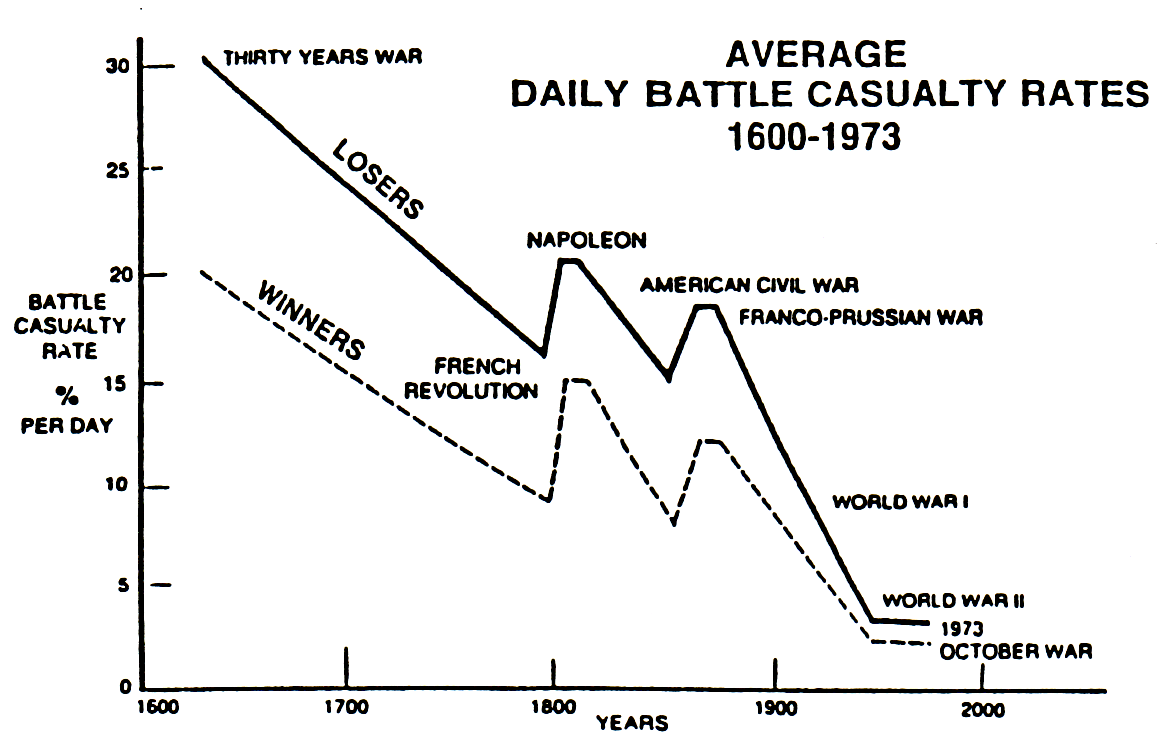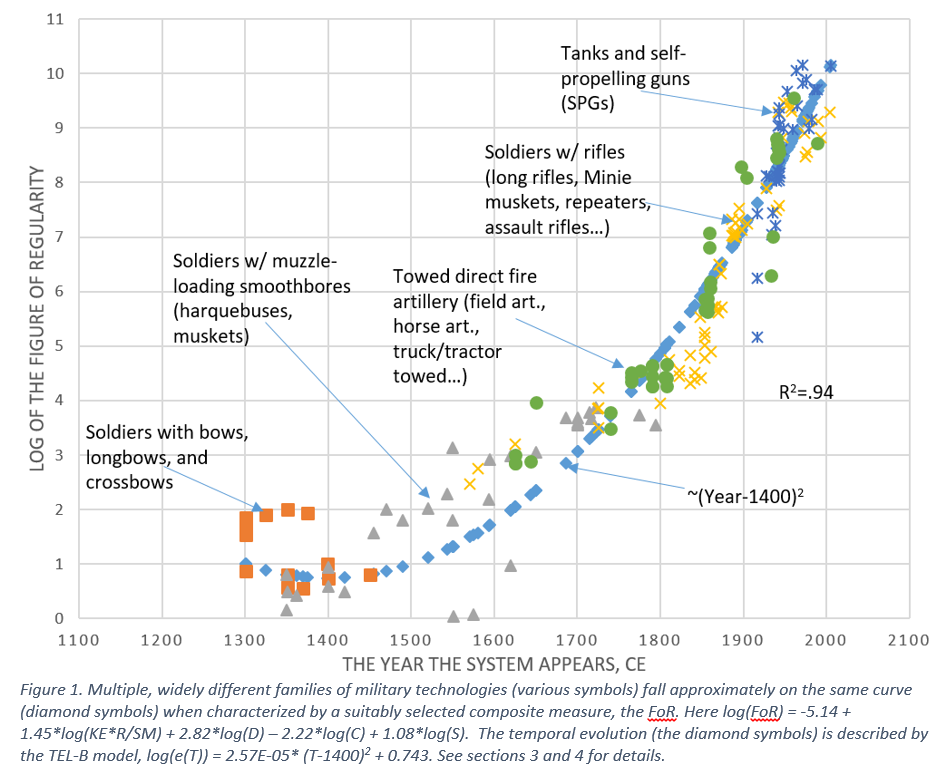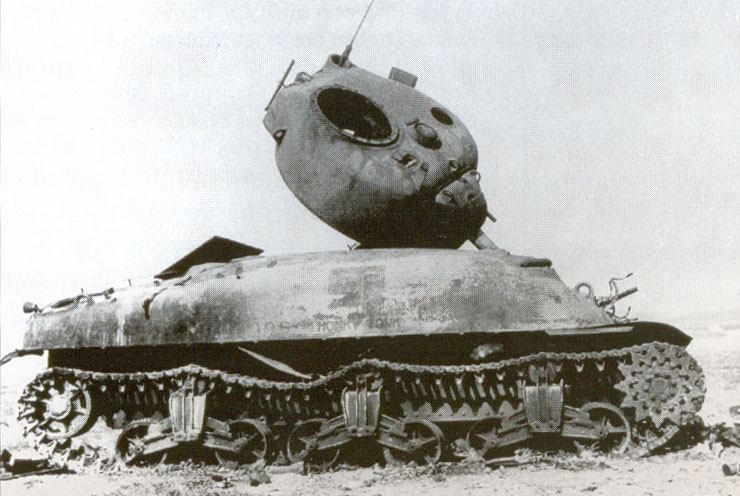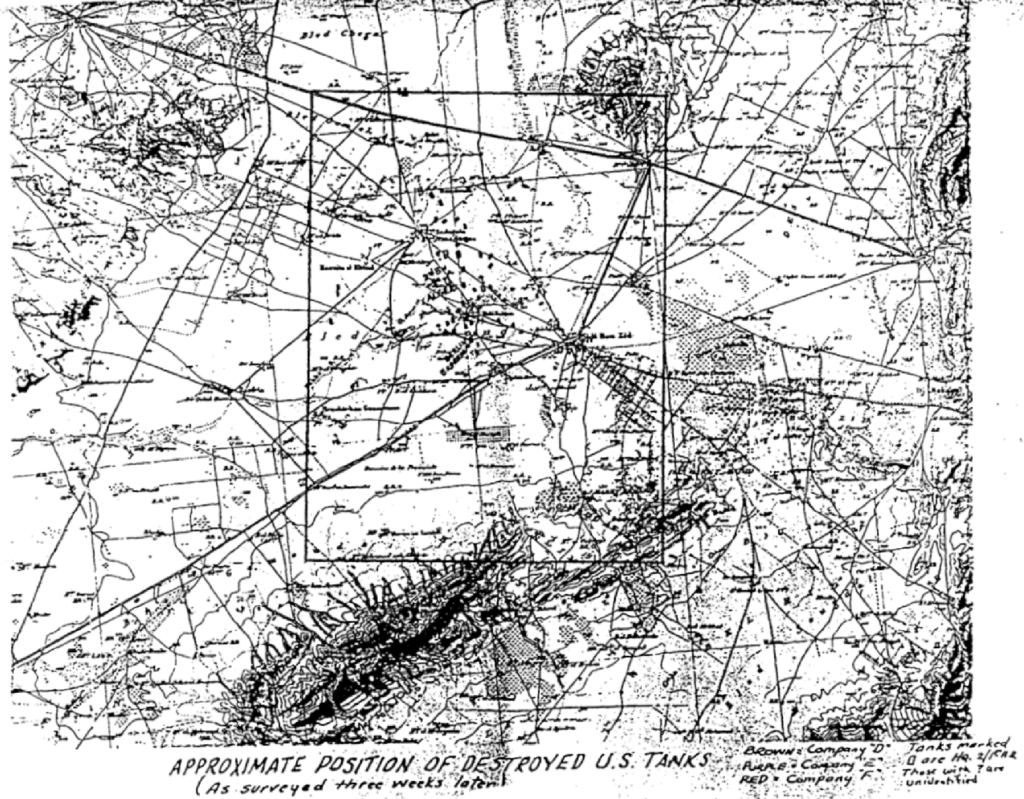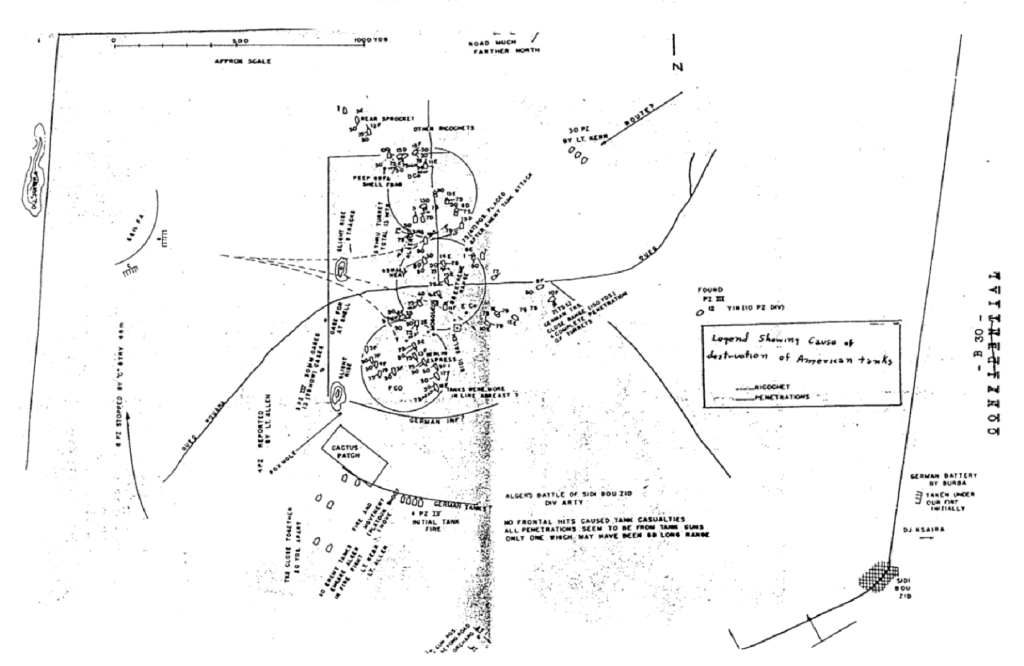
Our most developed database through is our division-level database of 752 cases covering combat from 1904 to 1991. As this addresses modern combat, it is a useful database for such a test. Of those 752 cases, we have the forces ratios and outcome for 672 of them. All the engagements previously discussed from ETO in 1944 and Kharkov and Kursk in 1943 are drawn from this database. As such, there is some overlap between these 672 cases and the 116 cases from ETO and 73 cases from the Eastern Front previously used. The data shows a very clear pattern related to force ratios.
Division-level Engagements 1904-1991 (672 cases)
Force Ratio…………………..Percent Attacker Wins………………Number of Cases
0.20 to 0.20-to-1………………..0%………………………………………………….2
0.25 to 04.9-to-1………………22…………………………………………………….9
0.50 to 0.99-to-1………………42…………………………………………………..77
1.00 to 1.49-to-1………………55…………………………………………………150
1.50 to 1.99-to-1………………59…………………………………………………123
2.00 to 2.49-to-1………………71…………………………………………………..56
2.50 to 2.99-to-1………………83…………………………………………………..53
3.00 to 3.49-to-1………………69…………………………………………………..48
3.50 to 3.98-to-1………………77…………………………………………………..30
4.06 to 5.87-to-1………………65…………………………………………………..66
6.06 to 7.90-to-1………………88…………………………………………………..17
8.20 to 17.87-to-1……………100…………………………………………………..22
This table drives home in spades the problem with the U.S. Army current interpretation of the three-to-one rule (50% chance of defender success). To start with, the attacker starts winning over half the time at 1.00 to 1.49-to-1 odds. By the time they get to 2.50 to 2.99-to-1 odds they are winning 83% of the time. It is quite clear from this data that the U.S. Army rule is wrong.
Now, this data is skewed a little bit by the inclusion of engagements with “limited action” or only “limited attack.” They include engagements where the attacker has a significant force ratio but conducted only an initial probing attack of battalion size. Sometimes those attacks did not succeed. So the success rate of some the higher odds engagements would actually be higher if these were eliminated. So, we ended up culling 102 of these engagements from the above table to produce the following table. There is not a big difference in the results between this tighter table of 570 cases and the previous table of 672 cases. The primary difference is that the attacker tends to be more successful in all categories. All the culled engagements were from World War II.
Division-level Engagements, 1904-1991 (570 cases) – culled data set
Force Ratio………………….Percent Attacker Wins……………….Number of Cases
0.20 to 0.20-to-1………………..0%…………………………………………………2
0.25 to 04.9-to-1………………25……………………………………………………8
0.50 to 0.99-to-1………………52…………………………………………………..62
1.00 to 1.49-to-1………………62…………………………………………………133
1.50 to 1.99-to-1………………66…………………………………………………108
2.00 to 2.49-to-1………………80………………………………………………….49
2.50 to 2.99-to-1………………83………………………………………………….48
3.00 to 3.49-to-1………………70………………………………………………….40
3.50 to 3.98-to-1………………76………………………………………………….29
4.06 to 5.87-to-1………………73………………………………………………….55
6.06 to 7.90-to-1………………88………………………………………………….17
8.20 to 17.87-to-1……………100………………………………………………….17
56.20-109.98-to-1……………100…………………………………………………..2
Needless to say, this tighter data set is even further biased against the published U.S. Army three-to-one rule.





